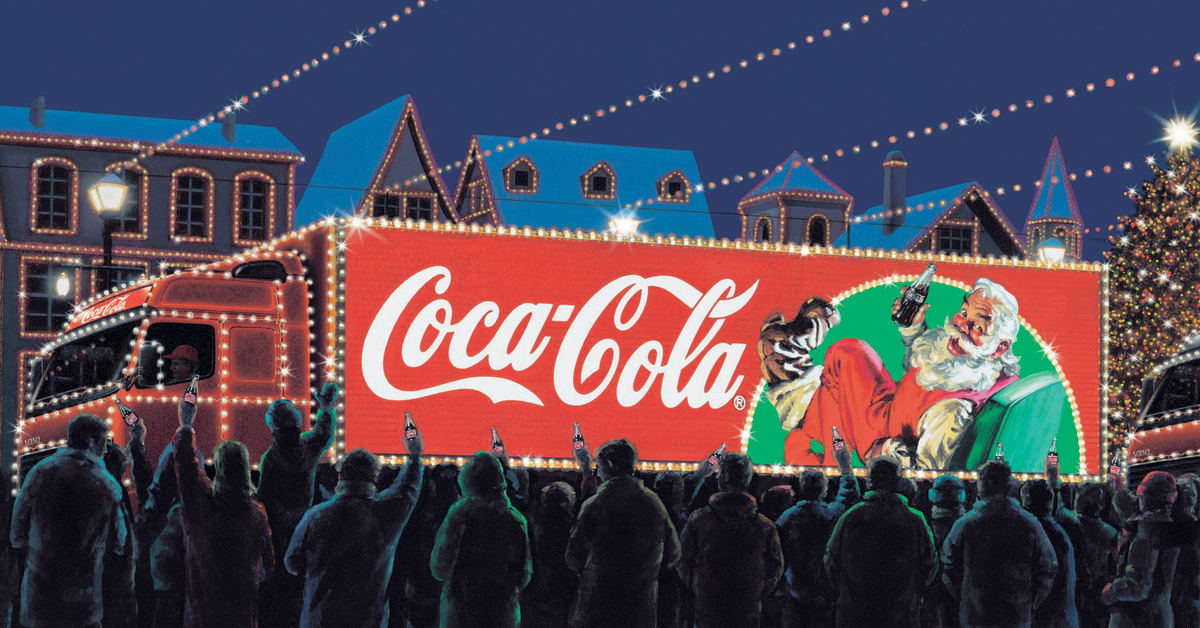I was rushing out of Bond Street Tube station in London last week when an ad for Iceland Air literally stopped me in my tracks.
The reason it proved so arresting was not because of any personal resonance I have for the brand, or because of a particularly successful piece of copy. It smashed its way through the daily clutter of hundreds of competing ads because it had been changed.
The original, intended purpose of the ad was to build the brand equity of Iceland and, more directly, to promote it as a place for a future holiday.
But with a swift dash of a black marker pen, one active member of the target market has managed to change its appearance slightly, while effecting a total alteration of what it now communicates.
In fact, the ad’s intended impact has been reversed. It now damages Iceland’s brand equity by drawing attention to a particularly shameful aspect of its culture and actively serves to discourage London commuters from ever even considering it as a tourist destination.
It is a classic example of a behavior that has fascinated me for many years.
Typically in consumer research, we study whether or not consumers respond to various marketing stimuli in the prescribed manner. Did they see the ad? Do they recall the brand? Did they buy the product?
But there are notable examples where consumers choose not to respond in the prescribed manner.
Instead, they turn the tables on the marketers and become active agents who create their own alternative systems.
I have studied consumer terrorists in the US, who subtly change the logos of multinational corporations to communicate an alternative message (Shell becomes Hell) and then wear these altered logos as a symbol of defiance.
I have also studied gay and lesbian groups who, frustrated by the lack of recognition they are shown by the brands they buy, have created alternative versions of these logos (Nike becomes Dike) and put these on items of clothing that they have sold to other gay consumers. And I have been fascinated by Greenpeace’s strategy of using Exxon-Mobil’s brand logo (Esso becomes Edollars dollars O) to convey its environmental message.
As marketers, we sometimes assume these are our ads and brands. But in marketing, provenance has little to do with ownership. It is consumers who ultimately decide what ads mean or what brands stand for.
They may not use a black marker pen to signal their opposition or create an unintended interpretation, but this Icelandic example is merely a more explicit manifestation of what all consumers do. They interpret the world in ways that are consistent with their reality, not ours.
The Blake Project Can Help: The Brand Positioning Workshop
Branding Strategy Insider is a service of The Blake Project: A strategic brand consultancy specializing in Brand Research, Brand Strategy, Brand Licensing and Brand Education




